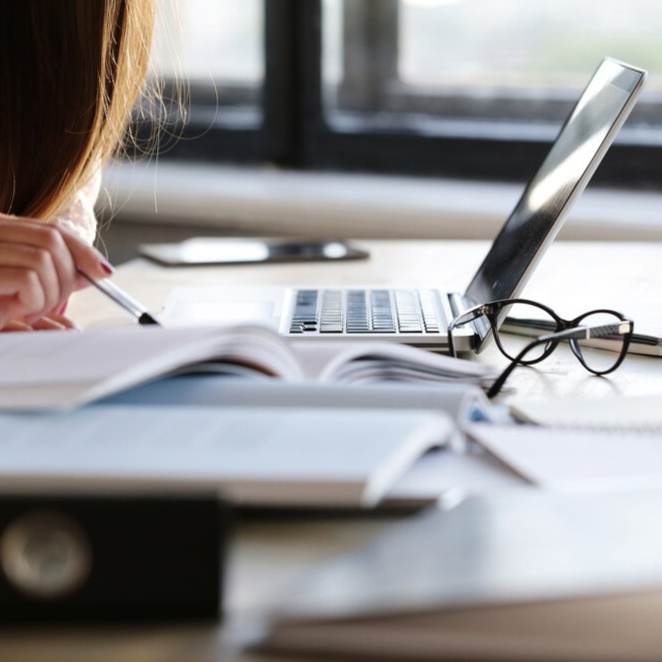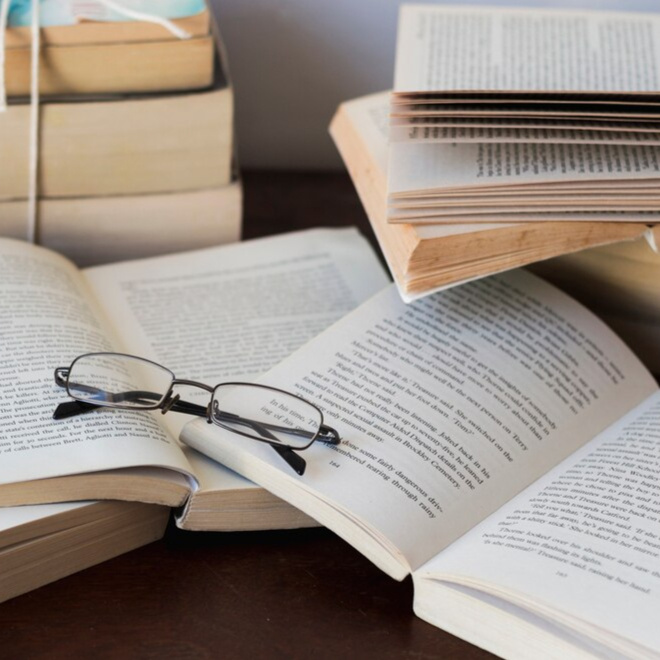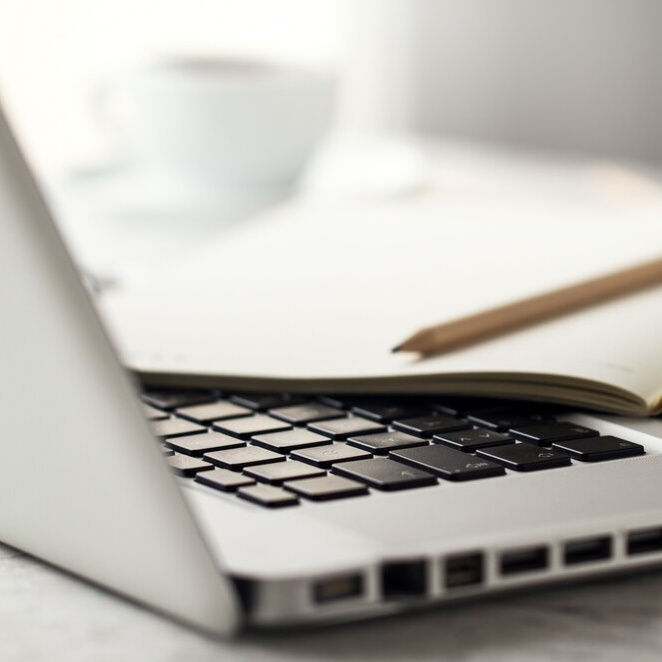Curabitur

What is
Proofreading?
Do you believe having a proofreader will make your creative process "feel like work"? What if I told you that having a proofreader will lift that weight off your shoulders? Let's break down what proofreading is and what the process looks like when you have a proofreader on your team.
The Editing Process
There are four levels of editing
Not all of them are necessary, and sometimes, people prefer to only hire a proofreader!
First
Developmental Editors
Focused more on the substance of a book. Typically brought in after the first or second draft. They look over the following elements to help with the big picture of a story:
Plot
Theme
Setting
Overall structure
Characters
Addition/deletion/rearrangement of scenes or content
Organization of ideas
The beginning and ending
Second
Line Editing
Focused on the language of a story down to the sentence level. Brought in once the plot and structure are satisfactory. They look over the following elements to bring clarity:
Voice and style
Refinement of characterizations
Dialogue and dialogue tags
Hooks and prompts
Sentence structure
Coherence and concision in sentences
Third
Copyediting
This is your go-to for general editing. Performs similarly to proofreaders but looks over additional elements:
Grammar
Punctuation
Spelling
Syntax
Fact-checking
The table of contents, footnotes, bibliography, etc.
Consistency of actions
Fixing echoed words
Accuracy of timeline
Sequence of chapter and page numbers
Fourth
Proofreading
The last step in the editing process. However, some projects only need a proofreader, like comics, while some prefer to only have a proofreader. Proofreaders look over the following elements to ensure there are no errors in the final product:
Grammar
Punctuation
Formatting
Typos
Duplicate words
Misspellings
The Proofreading Process
What Happens
Follow your schedule as you typically would in crafting your project.
Once finished, send the document to the proofreader.
The proofreader then finds and marks the errors within the document, script, or on the comic page directly.
The proofreader sends it back to you.
You look over the errors and adjust what you wish to.
You post/publish your project.


The Proofreading Process
What Doesn't Happen
Editing!
There is no rearrangement of words, sentences, or paragraphs. If something is trippy, it might just get flagged to attention.
Change doesn't occur unless the wrong word is used (e.g., homophones), or a word is blatantly missing (typically "the").
Double-checking for factual accuracy.
Why Proofreading is Important
Did you know that poor spelling and grammar ranked highest in reasons people's opinion of a brand drops?Readability is the foundation of a good product. It keeps readers immersed and attentive to your content. An error as simple as a typo can damage a brand's trustworthiness or lose readers altogether. Even though these basic errors are easy for most people to climb over, why have obstacles to begin with?Create with confidence by teaming up with a proofreader today!
all pics used are designed by freepikinformation is sourced from caitlin pyle, creator of proofread anywhere